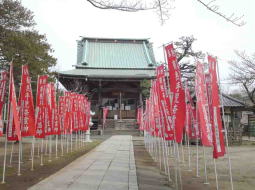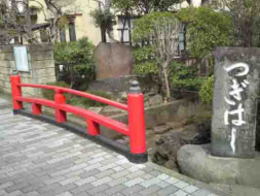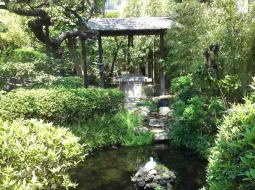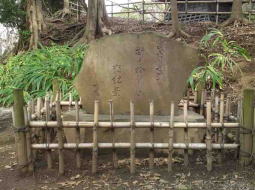Nakayama is in between Narita And Haneda International Airport
<クッキーについての同意並び欧州居住者向けプライバシーポリシー>
中山・下総・散歩道
The Landmarks in Mamasan Guhoji Temple
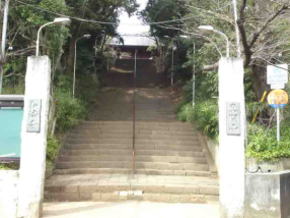
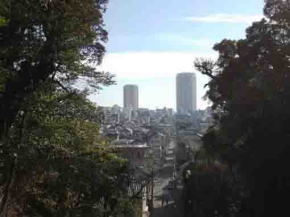
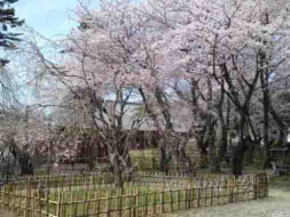
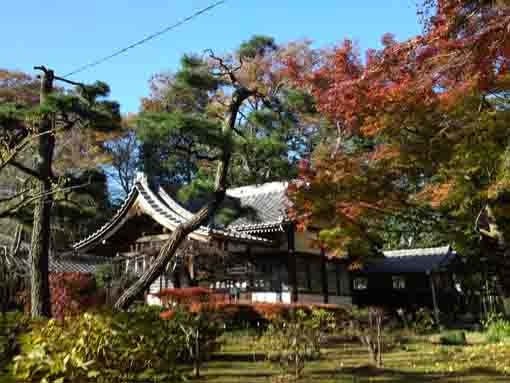
According to legend, Mamasan Guhoji Temple was built by Gyoki or Kobodaishi Kukai, so it has about 1300 years long history. In Edo period, Mamasan was the popular temple where thousands people visited to enjoy seeing flaming colored autumnal leaves. In Meiji era, Guhoji Temple got fired, but some landmarks, the Niomon Gate, the bell tower and the weeping cherry tree have been remained and many poeple love to visit and see them. Moreover there is Guhoji Mound in the site of the temple. Why don't you visit Mamasan Guhoji Temple?
The Niomon Gate in Mamasan Guhoji Temple
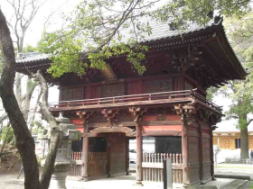
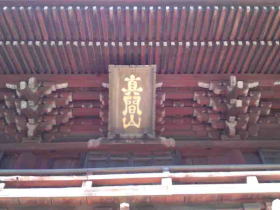
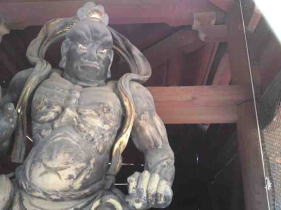
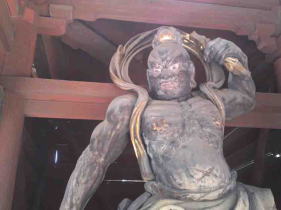
The Niomon Gate (the Deva Gate)
The Legend says that the framed writing hanging on the niomon gate was written by Kobodaishi Kukai and the two Deva kings of the gate were carved by Unkei.The Bell Tower
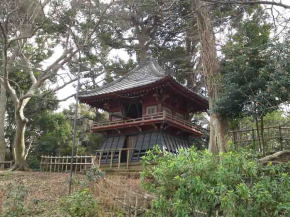
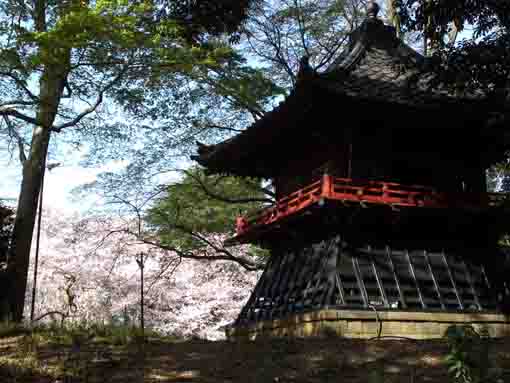
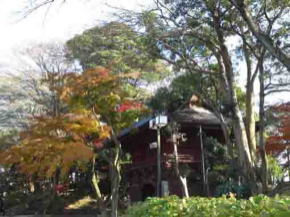
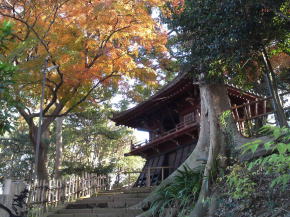
The Bell Tower
This bell tower was built in Edo period. The bell tower named Koshibakama no shorodo tells the time every 6 o'clock in morning and at night.The Weeping Cherry Tree Named Fushihime Sakura
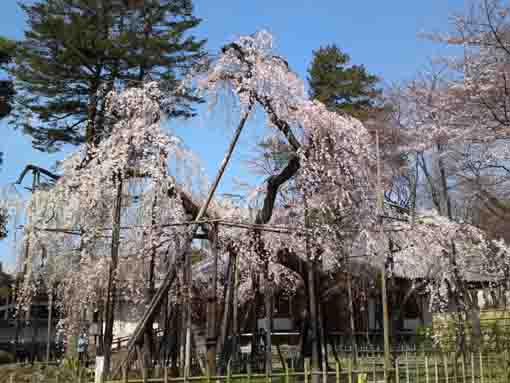
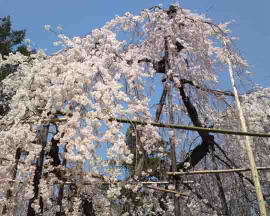
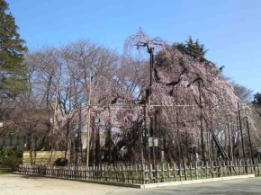
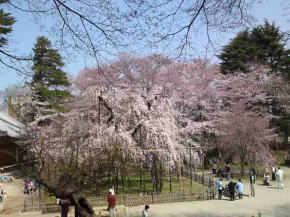
Fushihime Sakura
The over 400 years old weeping cherry tree is taken care by tree surgeons and staffs of Mamasan Guhoji Temple.And the name Fushihime might be named after Fushihime, the hiroin of Nanso Satomi Hakkenden, Biographies of Eight Dogs. Mamasan is very close to the old battleground of Konodai Battles, and the temple dedicates Satomi Ryujin in it. In Ichikawa city, there are some places in connection withi the Battles such as Awajinja Shirine south-east of Nakayama Hokekyoji Temple and Takaishigamijinja Shrine at the cross of the route 14th and Kioroshikaido haighway.
Soshido and Kyakuden Hall of Mamasan Guhoji Temple
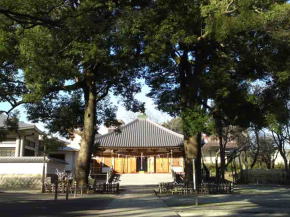
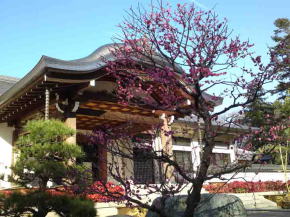
Soshido and Kyakuden Hall of Mamasan Guhoji Temple
Statue of the Founder Nichiren, the first abbot the verenable Niccho and his father and the second abbot the verenable Nichijo are dedicated in Soshido Hall of Mamasan Guhoji Temple. The roof of the Soshido Hall is built with 'Gyokibuki roofed-style' that the founder of Guhoji Temple found the method to construct roofs.The national heritage Gankouji Temple in Nara and Fukiji Temple in Oita were the famous buildings constructed with Gyokifuki roofed-style.
Akamon (The Red Gate) of Mamasan Guhoji Temple
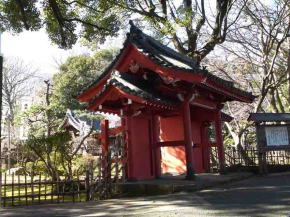
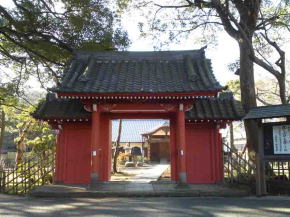
Akamon (The Red Gate)
Akamon is formally called Suzakumon Gate. The gate is the oldest building in Mamasan Guhoji Temple and was built in about 500 years ago. In fall, visitors enjoy seeing the red gate amazingly harmonizing with flammingly colored autumnal leaves.Satomi Ryujin Shrine (the dragon god of Satomi)
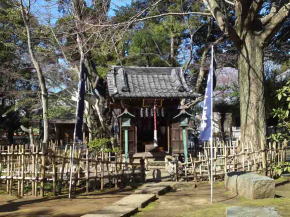
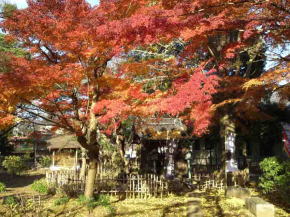
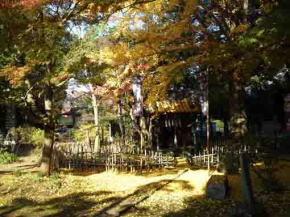
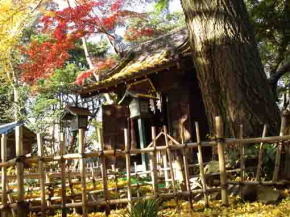
Satomi Ryujin Shrine (the dragon god of Satomi)
Satomi Ryujin Shirine is dedicated spirits of princes of Satomi Clan, one of the famous samurai families in Kanto region during the Warring States Period.The Statue of Tachi Daikokuten (the God of Wealth)
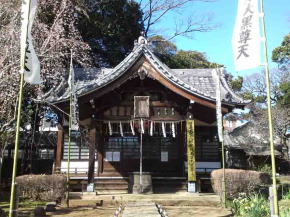
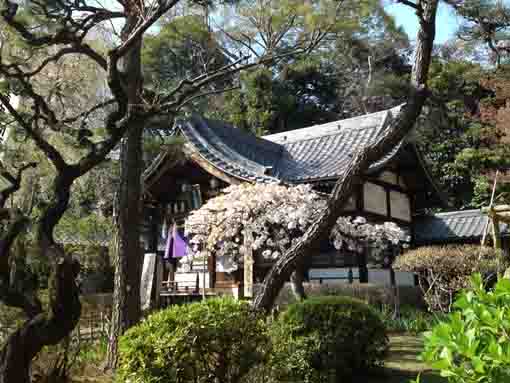
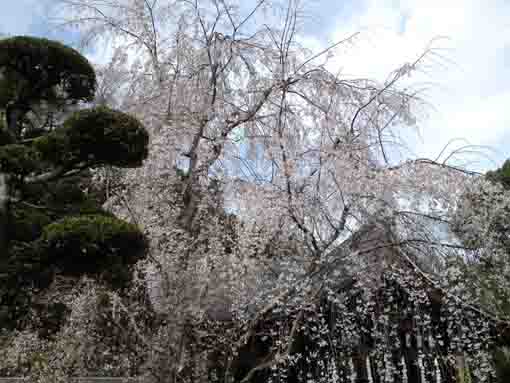
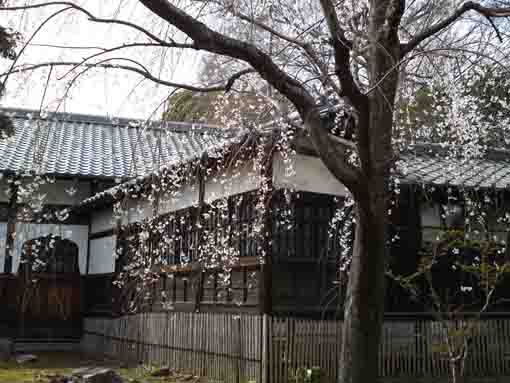
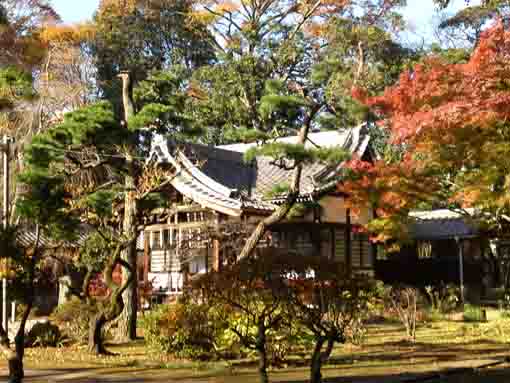
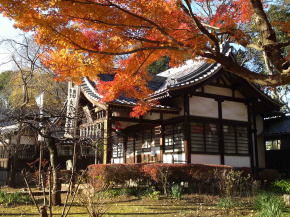
The Statue of Tachi Daikokuten (the God of Wealth)
According to some records, the statue of Tachi Daikokuten was carved by the Founder Nichiren as he found the Daikokuten itself in front of him when he had been training in Mt.Hiei in 1248, and he always kept the sclupter on. Later, Nichiren gave the Daikokuten to Niccho. After that, Niccho became the first abbot of Mamasan Guhoji Temple and he dedicated it in the temple.The statue of Tachi Daikokuten is very popular that its divine favor is happiness coming again.
The Legend of Namidaishi (The stone with tears)
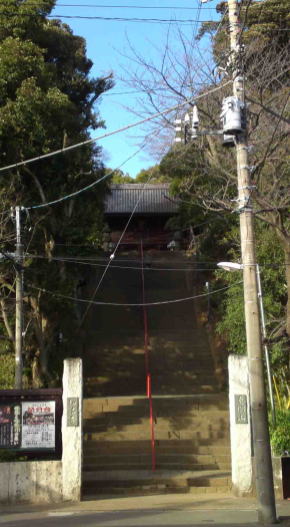
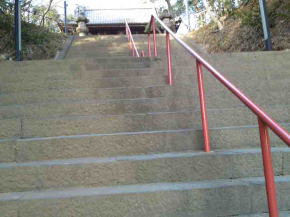
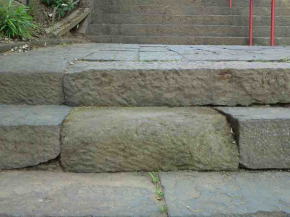
Namidaishi (The stone with tears)
The 27th step from the ground of the stone steps under the Niomon Gate of Mamasan Guhoji Temple, there is a stone step called 'Namidaishi' (a stone with tears or 'Nakiishi' (a crying stone) since there are approximately over a thoudands of stones on the steps, this stone is only wet like weeping.Nagayori Suzuki, one of the influential supporters of Mamasan Guhoji Temple and a manager of construction serving in the Edo Bakufu, was on the way to carry stones to build Toshogu in Nikko from Izu province about Nemot port (near Nemotobashi Bridge) along Edogawa River, his boats stopped and they could not move more. Nagayori thought that it had to be the will of Buddha in Guhoji Temple. Then he used the stones to build the stone steps of the temple. After that, Nagayori commited hara-kiri to fullfill his responsibilities on the middle of the stone steps since the Bakufu blamed on his fault.
The rumors has flown that the stone Nagayori sat on at his hara-kiri performance is always wet since they are his tears. This is the reason why the stone is called 'Namidaishi' (a stone with tears or 'Nakiishi' (a crying stone).
Anyway there are many springs in Mama area and accidentally the stone is wet with oone of it.
It is very exciting story that they are the same stones used on both the stone steps of Toshogu in Nikko and Mamasan Guhoji Temple if this legend is true.
Now according to Katsushika Shiryaku, the granite stone used in the stone steps of the temple was incomparably splendid.
Anyway, in the page 'The Mysterious Spots', some spots having some mysterious and wonderful stories are introduced. Please see the page.
Guhoji Burial Mound
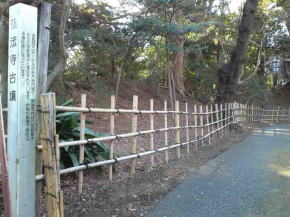
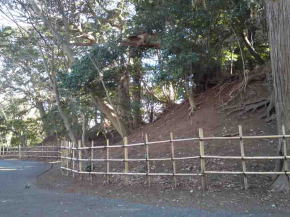
Guhoji Burial Mound
On the south of Daikokudo Hall, there is a small hill called Guhoji Mound covered with woods. It is a 43m long keyhole-shaped Japanese burial mound constructed between late 6th to early 7th century. The burial mound is seriously damaged because of the collapse of the tableland.Ajisais (Hydrangeas ) in Mamasan Guhoji Temple
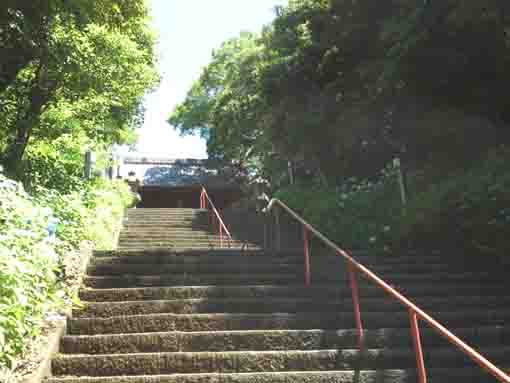
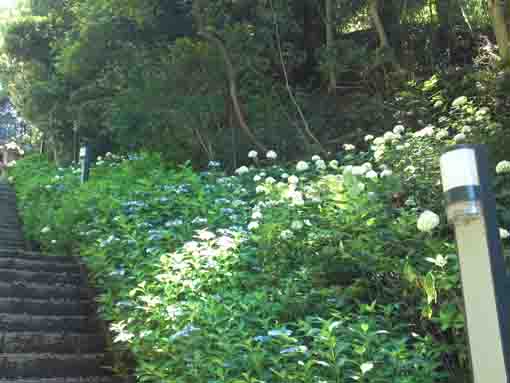
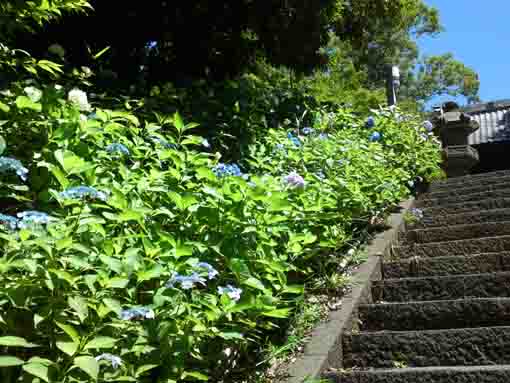
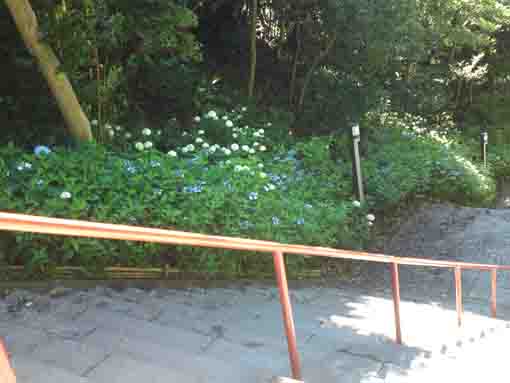
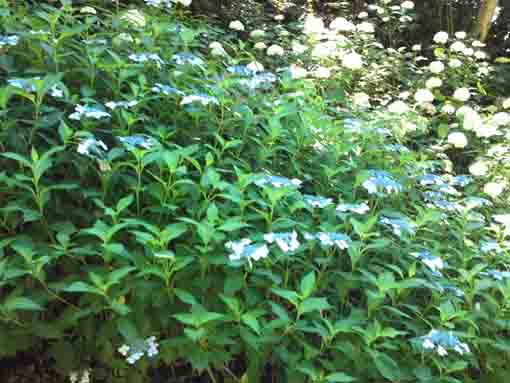
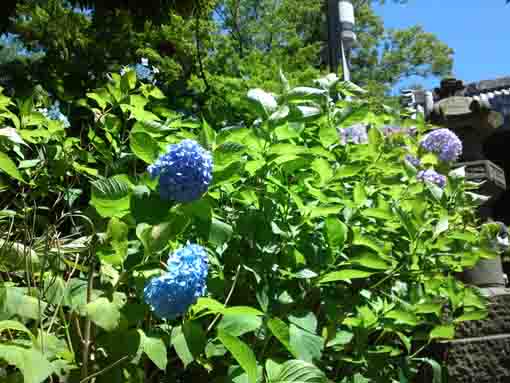
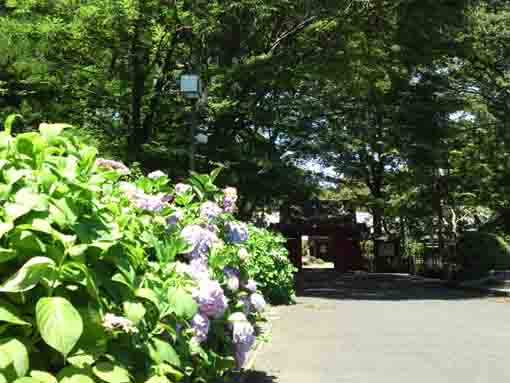
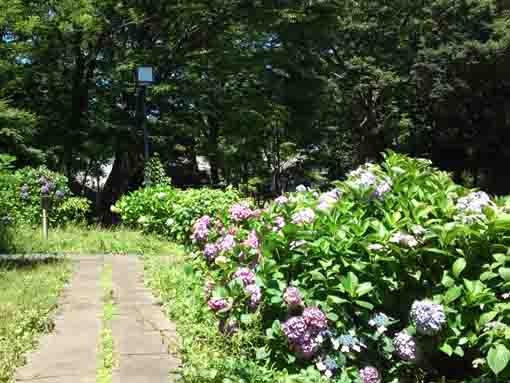
Ajisai Flowers Blooming in Mamasan Guhoji Temple
Mamasan Guhoji Temple is known as a noted spots for viewing ajisai flowers (hydrangeas) in Ichikawa City.引用、抜粋、並び参考
真間山弘法寺ホームページ
市川市ホームページ
真間山弘法寺内案内板
里見公園内案内板
安房神社前案内板
改訂新版「市川のむかし話」
新訂「江戸名所図会6」ちくま学芸文庫
房総叢書 : 紀元二千六百年記念. 第8卷葛飾紀
房総叢書 : 紀元二千六百年記念. 第6卷葛飾誌略
新編 市川歴史探訪 下総国府周辺散策 崙書房
ウィッキペディア
The Movie of Cherry Blossoms on Mamasan
The Location and Access to Mamasan Guhoji Temple
Mamasan Guhoji Temple
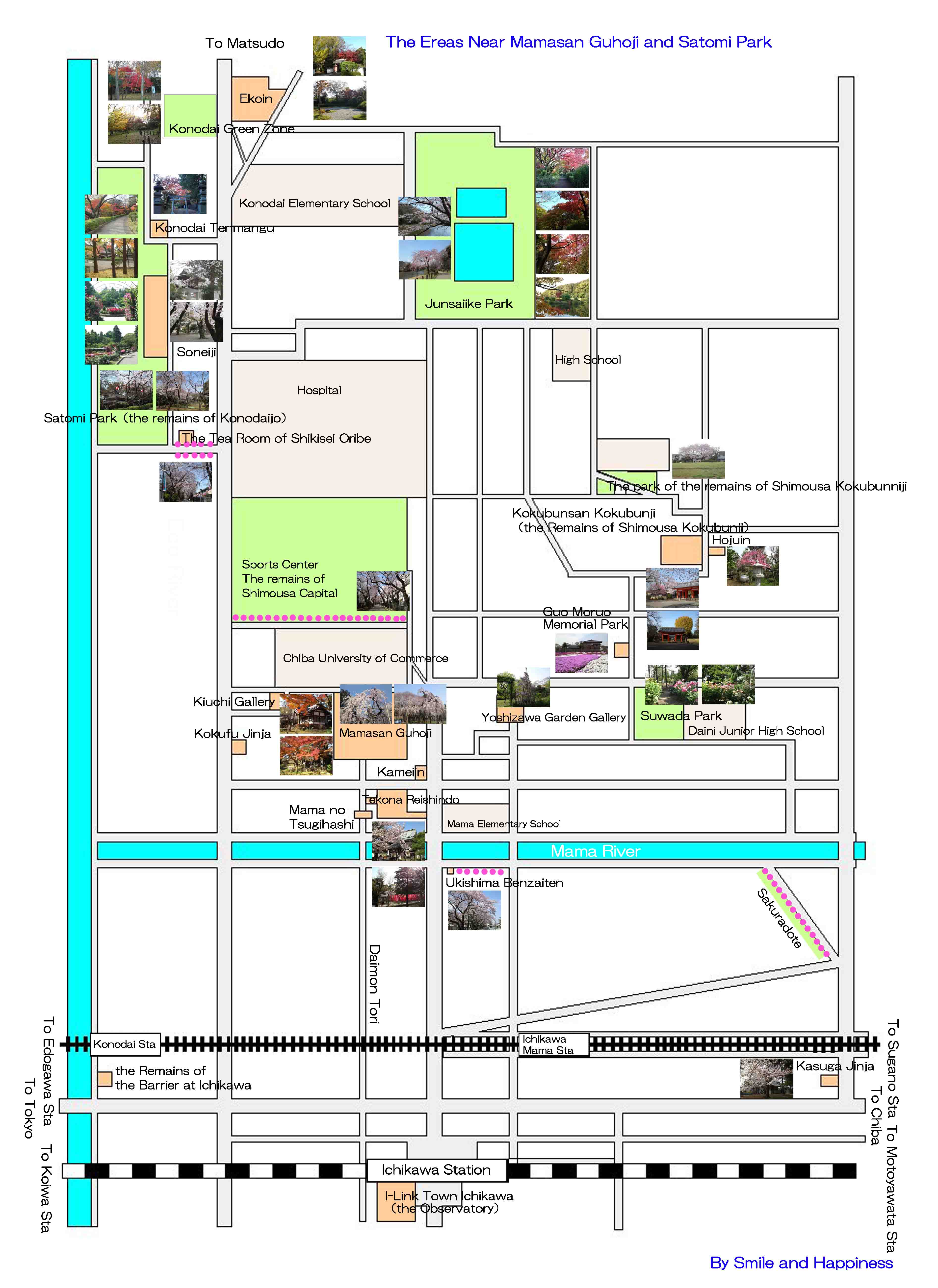
The map near Mamasan Guhoji
PDF of the map around Mamasan Guhoji and Satomi Park4-9-1 Mama, Ichikawa-shi, Chiba prefectuer, Japan
- Mamasan Guhoji Temple has great accessibilities from both Narita and Haneda International Airport.
- From Narita International Airport, take Keisei-line and get off Ichikawamama Sta or Konodai Sta, take minimally 45 minutes from Narita Airport. And also take JR Sobu-express line, transfer the line at Funabashi to Keisei-line, get off Ichikawamama Sta or Konodai Sta.
- From Haneda International Airport, take Keikyu-line bound to Narita, and get off Ichikawamama Sta or Konodai Sta.
- Take 10 minute walk from both Ichikawamama Sta or Konodai Sta.
Landmarks in and near Mamasan Guhoji Temple

The landmarks in Mamasan Guhoji Temple
- 広告 Advertisement -
